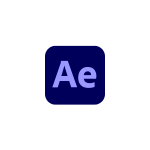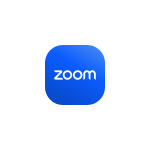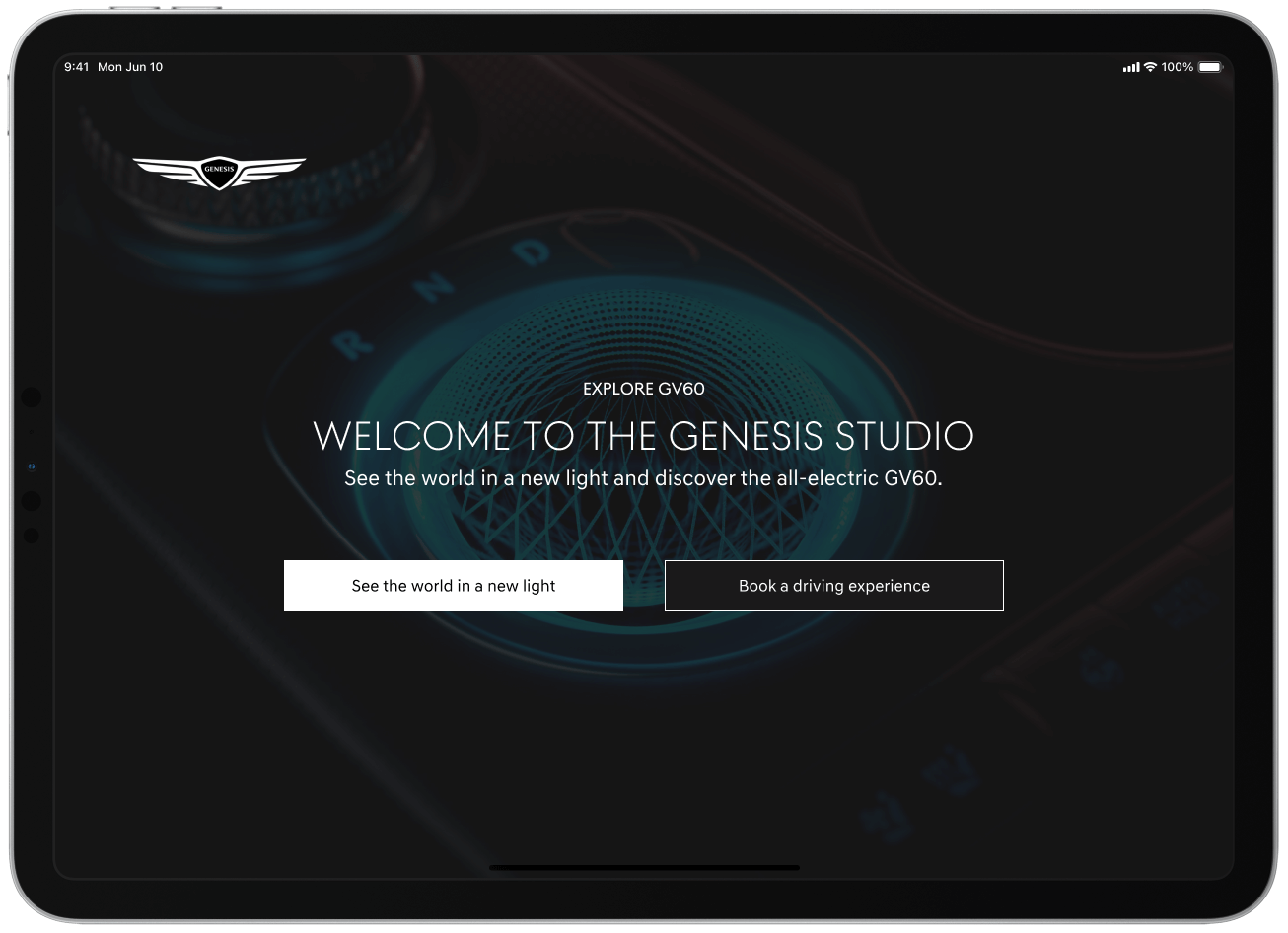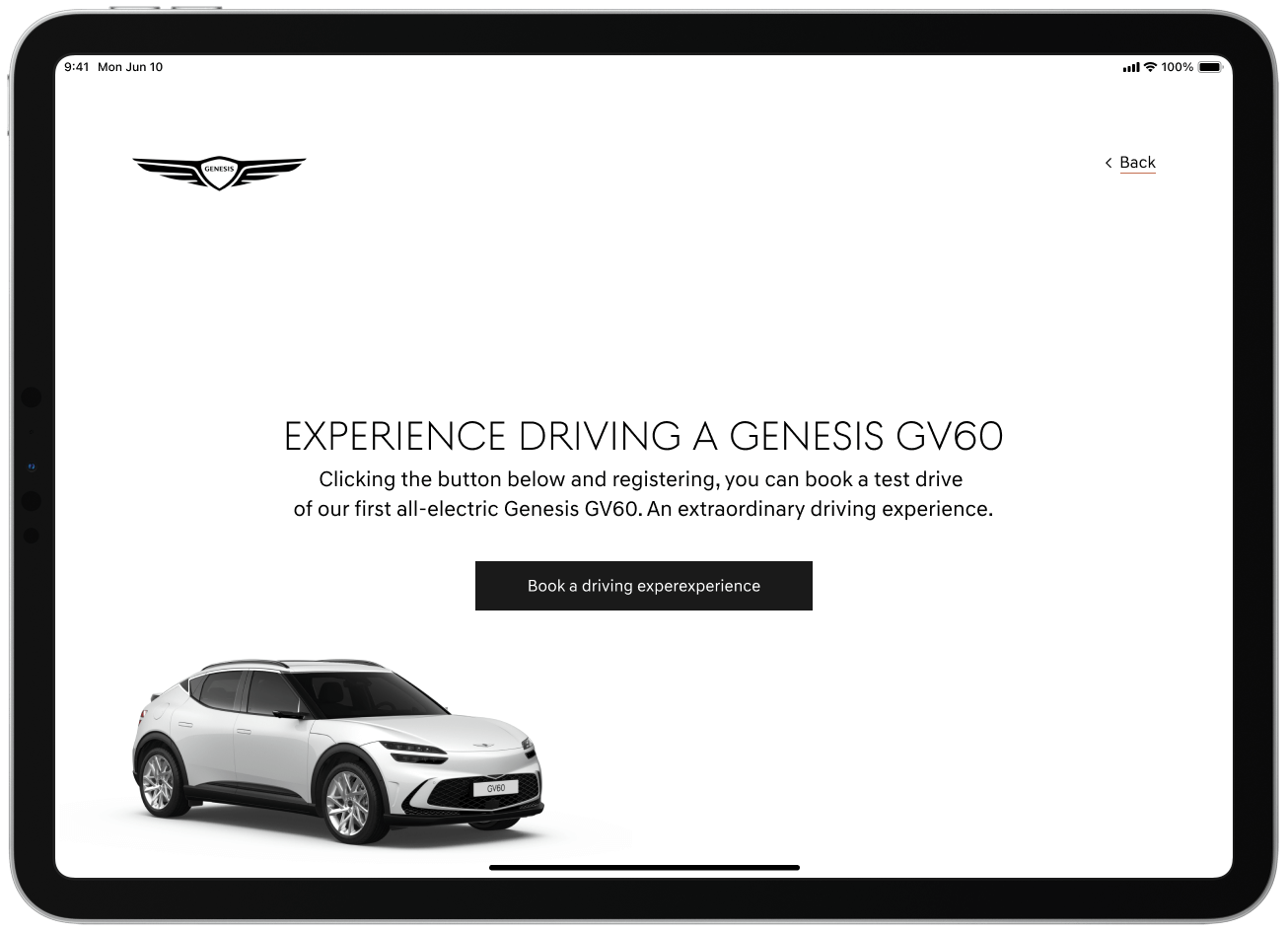02/11 ● Genesis
"Immersive Light Meets Cutting-Edge Design"
The UX journey behind creating an interactive digital platform for the Genesis GV60 launch in Europe.
● context
Genesis Studios, known for its commitment to redefining luxury automotive experiences, sought to innovate during the GV60 launch in Munich, London, and Zurich. The Spanish artist collective, Playmodes, was commissioned to design a kinetic light installation surrounding the GV60, offering visitors an immersive and interactive experience. Our task was to create a seamless digital platform that enabled visitors to interact with the installation while providing a streamlined test drive booking process for the GV60.
New Light
Service | Product Design
Release | 2024
Agency | Innocean Berlin
Duration | 6 Months
● The Challenge
Genesis Studios sought to revolutionize luxury car showcases by blending art, technology, and functionality into a cohesive experience. The objective was to design a platform that allowed visitors to engage intuitively with Playmodes' kinetic light installation while enabling seamless GV60 test drive bookings. The challenge was fourfold:
01.
Passive
Engagement
Traditional installations lacked interactivity, leaving visitors as mere spectators rather than active participants.
02.
Complex
User Journey
Navigating from engaging with the kinetic light installation to booking the test drive of GV60 required a more intuitive and seamless user flow.
04.
Engagement
Gap
The absence of a cohesive platform integrating engagement and functionality led to untapped potential for both visitor satisfaction and sales.
03.
Brand
Alignment
The digital solution needed to embody the luxury, innovation, and forward-thinking ethos of Genesis while delivering a premium user experience.



● My Role
I spearheaded the Product Design, focusing on User Experience (UX) and User Interface (UI), for this project. I collaborated closely with the head of design and the Playmodes development team, incorporating their constructive feedback to refine the design and gain diverse perspectives.
The cross-team was formed by amazing and talented people, including Gabriel Mattar as Cheif Creative Officer and Maso Correa Heck as Head Of Design, Mandeep Kumar as UX/UI Designer, Gustaaf Hafflin as Copywriter, Anna Moskalenko as Account Director, Santi Vilanova as Audiovisual Researcher, Eloi Maduel as Developer.







● Main Tasks
01
Customer Insights
& Ideation
02
Building the
Project Vision
03
Planning and
Scope Definition
04
Research and
Interviews
05
User Interface
& Experience
06
Motion &
Interactions
● Design Toolkit

Figma

Photoshop

After Effects

Zoom

Illustrator

Miro

Desk Research
● Design Process
The first step of the design process was conducting user interviews and desk research to understand user behaviours and market expectations. This phase also involved analysing how Genesis had previously handled test drive bookings and the outcomes of those efforts. Gaining these insights early on was crucial for shaping a solution that could bridge existing gaps effectively.
Based on this foundation, We began conceptualizing the platform, starting with user flows and wireframes to iterate quickly and test ideas. The goal was to create a seamless path for users to engage with the kinetic light installation and book the test drive of GV60 effortlessly.
Once the wireframes were refined, I transitioned into the production phase, designing the interface with a focus on usability principles such as hierarchy, feedback, and accessibility, while aligning with Genesis’s luxury brand identity. The visual and interactive elements also reflected the innovative, artistic essence of the kinetic light installation.
After completing the interface, I sought feedback from the Head Of Design, Developers from Playmodes and Accounts team to identify potential experience gaps. Although validation is a key step in my design process, but the focus of this case study remains on the conceptualization and design execution stages.
1
Research
2
Ideation
3
Concept
4
User Flow
5
Wireframe
6
Prototype
7
Feedback
8
Validation
● Research
The first phase of the project focused on uncovering insights through a combination of user interviews and desk research. This dual approach was essential for aligning the platform's functionality with both user expectations and business goals.
1. User interview ( Pre-Installation )






1. Interaction Preferences
-
How do you typically interact with digital platforms at events or exhibitions?
-
What would encourage you to engage with an installation like a kinetic light display?
2. Booking Behavior
-
When considering booking test drive of a luxury car, what information or features do you prioritize?
-
What frustrates you most about car test drive booking platforms?
3. Technology and Usability
-
Have you used interactive installations before? If yes, what did you like or dislike about them?
-
What makes a digital experience feel intuitive and enjoyable for you?
4. Brand Perception
-
What comes to mind when you think of Genesis as a brand?
-
How important is it that the booking experience reflects the luxury and innovation of a car brand?
2. Desk Research ( Pre-Installation )
We analyzed how Genesis previously managed car test drive bookings, identifying patterns, challenges, and opportunities for improvement. We also studied competitor platforms to understand best practices for merging interactive installations with functional booking systems.
1. Genesis’s Historical Booking Data: Analysed past test drive booking systems across Genesis studios in Europe, focusing on user behaviour and overall success rates. This helped pinpoint what worked well and areas where the booking journey needed improvement.
2. Competitor Analysis: Studied how brands like BMW, Audi, and Mercedes-Benz streamline their test drive booking processes alongside interactive experiences. This comparison highlighted ways Genesis could enhance its system to match or surpass competitors in Europe.
3. Industry Trends: Researched emerging practices in test drive bookings and interactive experiences. This included exploring how luxury car brands integrate immersive digital setups with effortless test drive scheduling to meet user expectations and drive engagement.
● Key Findings
After analyzing the interviews and gathered data, the most critical insights emerged to guide our decisions in crafting the solution:
90%
of users found interactive installations exciting but highlighted the need for clear on-site instructions and digital prompts.
50%
of users preferred a mobile-first approach to book test drives, citing convenience as the main reason.
70%
expressed interest in booking a test drive immediately after experiencing the kinetic light installation, highlighting the importance of a seamless transition.
80%
of participants emphasized the need for intuitive navigation to reduce hesitation in engaging with the installation or booking a test drive.


● User Persona

The Urban Achiever
Name: Sophia Muller, 35
Role: Marketing Director
City: Berlin, Germany
Income: €120,000/year
Lifestyle:
-
Thrives in a fast-paced urban environment.
-
Attends events and experiences that combine luxury with innovation.
-
Prefers experiences that are eco-conscious yet sophisticated.
Tech Savviness:
-
Always uses cutting-edge gadgets and apps; expects digital experiences to be sleek, intuitive, and fast.
Motivation:
-
Interested in exploring the connection between the kinetic light installation and the vehicle's design philosophy.
-
Values the option to book instantly after engaging with the installation.
Pain Points:
-
Overwhelming or unclear interactive setups that waste time.
-
Digital platforms that lack integration with on-site experiences.

The Adventurer
Name: Daniel Carter, 42
Role: Chief Financial Officer
City: London, UK
Income: £200,000/year
Lifestyle:
-
Focuses on family-friendly experiences and weekend getaways.
-
Seeks engaging activities that can be shared with his wife and kids.
Tech Savviness:
-
Prefers user-friendly, intuitive technology for busy schedules.
Motivation:
-
Sees it as an exciting way to involve his family in the vehicle selection process.
-
Prefers a hassle-free test drive booking process with clear steps.
Pain Points:
-
Lack of family-centric features in the installation or test drive booking platform.
-
Overly complex or time-consuming booking experiences.

The Tech Innovator
Name: Javier Torres, 30
Role: Founder of a Design Studio
City: Zurich, Switzerland
Income: CHF 180,000/year
Lifestyle:
-
Enjoys exploring new technologies and innovations.
-
Seeks experiences that inspire creativity and align with his avant-garde personality.
Tech Savviness:
-
Early adopter of futuristic tech; expects immersive digital interactions.
Motivation:
-
Excited to explore the kinetic light installation as a piece of digital art.
-
Wants to experience how the GV60 complements his creative and innovative lifestyle.
-
Drawn to the integration of light, motion, and technology.
Pain Points:
-
Generic booking systems that fail to inspire or engage.
-
Lack of connection between the installation and the vehicle’s features.
-
"This installation looks amazing, but how do I interact with it?"
-
"I want a smooth and quick way to book a test drive after this experience."
-
"I need to understand what makes this car different from others."
-
"I love that this is innovative, but I don’t want it to feel complicated."
What they say
-
"This should be exciting and innovative, just like the car itself."
-
"I hope I can complete everything without technical issues."
-
"Does this reflect the luxury and innovation I associate with the brand?"
-
"Will this car fit my needs (family, professional, or creative)?"
What they think
-
Excited: Thrilled by the unique blend of art and technology in the installation.
-
Curious: Wants to explore the interplay between lights and the vehicle.
-
Hesitant: Concerned about unclear instructions or overly complex booking flows.
-
Empowered: Ready to connect with a cutting-edge experience.
What they feel
-
Engages with the kinetic light display but might hesitate if instructions aren't clear.
-
Navigates the booking platform to explore available slots or test drive details.
-
Asks for assistance if the digital or on-site experience isn’t straightforward.
-
Mentally compares this experience to those offered by competing brands.
what they do
● Problem Statement
The Genesis visitor is a car enthusiast and luxury seeker who needs a seamless and engaging booking experience because traditional car showcase platforms are often overwhelming and lack interactivity.
● Goal Statement
Our digital platform will let users interact with kinetic lights and book test drives seamlessly, which will affect luxury car enthusiasts by providing a unique and engaging experience that simplifies the booking process. We will measure effectiveness by tracking engagement rates, test drive bookings, and user satisfaction through surveys.
● Approach
Using the "How Might We" (HMW) Method
To address these challenges and meet our goals, we used the HMW method, a human-centered approach to problem-solving. This method allowed us to reframe challenges into opportunities for innovation by asking questions starting with "How Might We."
Steps Taken with the HMW Method
-
Define Pain Points:
Through initial research and brainstorming, we identified key user pain points, such as:
-
Visitors struggling to navigate complex digital interfaces.
-
Lack of a clear connection between the kinetic light installation and the test-drive booking process.
-
Difficulty ensuring the platform felt luxurious yet approachable.
-
-
Generate HMW Statements:
We formulated specific HMW questions to address these pain points. Examples include:
-
HMW create a seamless and luxurious user journey from interaction to booking?
-
HMW ensure that visitors are captivated by the kinetic lights while feeling guided and supported?
-
HMW provide users with the freedom to explore while simplifying the process?
-
01.
Interactive Light Experience
Experience through the kinetic light installation, letting users interact via a tab interface with an interactive wheel, creating a tactile connection to the car's innovation.
02.
Seamless Test Drive Booking
Enable users to book a GV60 test drive directly from the same interface after interacting with the lights, ensuring a smooth transition from engagement to action.
What we found is that while 90% of users were excited by the kinetic light installation, many needed clearer instructions to fully engage, 70% were eager to book a test drive immediately after interaction with installation.

GENESIS PRESENTS
SEE THE WORLD IN A NEW LIGHT
A INTERACTIVE TEST DRIVE BOOKING EXPERIENCE
The Inspiration
Drawing from the essence of the GV60, the interactive wheel reflects the car's ignition sphere—symbolizing the fusion of technology and human touch. The sliding feature, inspired by the Genesis logo's geometric harmony, embodies the brand's commitment to precision and elegance, offering users a seamless blend of artistry and innovation.


● hover to activate

01.
Interactive Light Experience
Experience through the kinetic light installation, letting users interact via a tab interface with an interactive wheel, creating a tactile connection to the car's innovation.
02.
Seamless Test Drive Booking
Enable users to book a GV60 test drive directly from the same interface after interacting with the lights, ensuring a smooth transition from engagement to action.
The Sphere & Wheel
Designed from the ground up, the interface brings what matters—an intuitive interactive wheel inspired by the GV60’s ignition sphere and seamless controls. Users can enjoy the freedom to change colours, creating a personalized and immersive experience with just a simple tap.


User Flow
The core idea of the flow was to keep the booking functionality always accessible yet unobtrusive. By integrating it seamlessly into the interface, users can interact with the lights or directly proceed to book a test drive with just a tap, ensuring an effortless and intuitive experience.

Wireframe
The Booking
We designed a clean, user-friendly interface that simplifies the GV60 test drive booking process. Without the need to navigate through a cluttered website, users can effortlessly complete their booking in just a few steps, ensuring a seamless and satisfying experience.

The wireframe was crafted to establish the foundational structure and flow of the platform, ensuring clear navigation and functionality before diving into visuals and interactive elements.

User Interface
The user interface is built on the Genesis Design System, offering a clean, spacious layout. With ample white space, it ensures a smooth, intuitive experience, guiding users effortlessly through interactions and bookings while maintaining a premium, uncluttered feel.
Color
The brand’s guidelines guided us to a minimalistic and premium tone, using black and white to reflect luxury. Copper was incorporated for a royal touch. We used Carbon, a lighter variation of black, to ensure readability and contrast for better accessibility.
For the wheel, we utilized all four Genesis CI colors—Green, Blue, Red, Yellow and their gradients creating a playful and dynamic user experience.
Typography
We utilized the typography from Genesis CI, maintaining consistency with the brand’s identity. The clean, modern fonts enhance readability while reflecting the brand’s premium and minimalist style.




Other Components
● The Impact
The Genesis digital platform was a one-time delivery, incorporating valuable feedback. It exceeded expectations, making a lasting impact on the brand's customer experience and setting a new standard for future innovation.
65%
Visitors
Engagement
Increase in across all locations compared to previous showcases.
40%
Test Drive
Bookings
of GV60 Increases, outperforming other Genesis models.
95%
Satisfied
Vistors
rated the experience as “highly engaging and memorable.”
4.8/5
Average
Score
for the digital platform in post-visit surveys.
● The Learnings
Seamless Integration of Technology and Experience
-
What Worked: Combining interactive technology with a luxurious brand identity created an engaging experience.
-
What We Missed: Initial prototypes didn’t account for variable lighting conditions at different locations, leading to inconsistent visual impacts of the kinetic light installation. Future designs should test extensively in real-world environments.
User-Centered Design Drives Engagement
-
What Worked: A focus on intuitive interfaces enhanced user satisfaction.
-
What We Missed: Some users found the onboarding process overwhelming due to an overload of information. Simplifying the introduction or breaking it into smaller steps can improve next time.
Importance of Prototyping and Feedback
-
What Worked: Iterative testing helped refine the platform.
-
What We Missed: We underestimated the time required for user testing, which left limited room for late-stage adjustments. Allocating more time for prototyping and testing in future projects is essential.
Brand Alignment Matters
-
What Worked: Adhering to Genesis' CI maintained brand consistency.
-
What We Missed: The design of the wheel inspired by sphere & use of gradients from the Genesis CI was visually appealing but created accessibility challenges for users with colorblindness. We’ll consider accessibility standards more rigorously next time.
Scalability as a Focus
-
What Worked: Designing for multiple locations was successful.
-
What We Missed: Logistical challenges in deploying physical encrypted tabs at each location caused delays during the launch. Future deployments should plan for such operational hurdles early in the project timeline.
This project was a valuable lesson in balancing innovation, usability, and practicality, setting a solid foundation for even more polished experiences in the future.
● The Solution
Based on the insights gathered from user interviews, competitor analysis, and the initial research, two core opportunities emerged:

